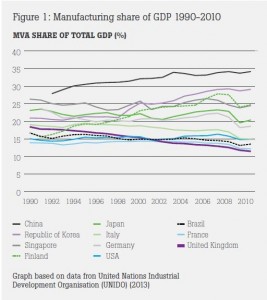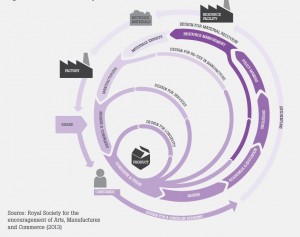Posted by Peter O’Brien, 12 February 2014
Sparked by the ongoing debate led by the Core Cities Group and others, as well as recent and ongoing independent commissions established to consider devolution, local funding and finance, the House of Commons Communities and Local Government Select Committee has launched an Inquiry into whether and how fiscal and financial powers could be devolved to London and cities in England http://www.parliament.uk/business/committees/committees-a-z/commons-select/communities-and-local-government-committee/inquiries/parliament-2010/cities/
The Select Committee is seeking evidence on the concept of fiscal devolution as well as attempting to gather specific examples of the tools that cities and city regions would need to embrace greater financial autonomy from UK Government. The themes under consideration reflect research that CURDS has begun recently – as part of the national i-BUILD project – into the business models, and governance and regulatory arrangements of city and urban infrastructure.
In written evidence to the Inquiry, which proceeded oral evidence given to the Select Committee, by the Director of CURDS, Professor Andy Pike, on Monday 4 February 2014, researchers from CURDS set out a number of issues that the Committee might wish to consider:
• The UK has a highly centralised system of taxation and expenditure, in an international context. Consequently, the UK needs to consider appropriate forms of fiscal decentralisation and public policy reform as a set of tools to help cities and city regions build sustainable and successful places, businesses, jobs and communities.
• Places are more likely to be successful if they possess effective, sound and high quality institutions and leadership driving forward effective visions and evidence-based strategies.
• Central-local government relationships in England would be stronger if they were underpinned by more formal (and perhaps even constitutional) arrangements.
• International evidence suggests that decentralisation alone may not generate an automatic economic dividend. However, overt centralisation of activity and governance is likely to stifle local and regional innovation, decision-making, governance and development. Decentralisation should be seen within the context of the continued importance of national-local government relationships.
• If the geography of fiscal decentralisation is fixed at too small a scale there are risks of inequalities in resource and policy outcomes. Cities and city regions need to consider carefully the geography of areas seeking greater fiscal autonomy – and if necessary improve and build effective collaboration.
• Property taxes are most likely to be decentralised by Central Government, and in line with developments in Scotland and Wales. Yet, the experience to date suggests that any further fiscal decentralisation in England is likely to be incremental.
• The UK Government is best placed to borrow at the most competitive rates from the international capital markets. However, if the policy is for local institutions to be encouraged to show innovation in their financing arrangements their endeavour should be supported by appropriate decentralised autonomy and support.
• There are a range of initiatives that cities and city regions can introduce to raise new finance. As the municipal bond market has been relatively inactive in the UK, councils will need expert advice on how to engage with what is a costly and complex model.
• Decentralisation should build on the inherent strengths of all cities and regions to the benefit of the national economy and not exacerbate spatial disparities.
Devolution in the UK context has been – and will continue to be – a process, and not an event, and any future fiscal devolution to cities and city regions is likely to come in different shapes and sizes.
Through i-BUILD and other current CURDS’ research projects exploring cities, local government, decentralisation and growth, a wide range of empirically-led analyses will examine what sort of fiscal capacity places have, and whether they have a vision and strategy, and the means to manage and assess risk properly and to borrow prudentially. This should help us to arrive at a set of evidenced-based and informed conclusions on the precise merits of fiscal devolution and what kind of powers could be devolved to what places and when.



